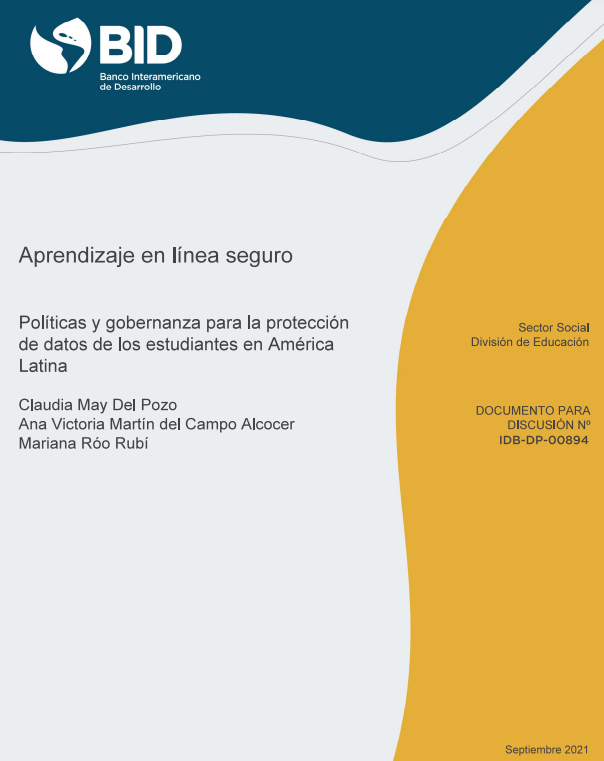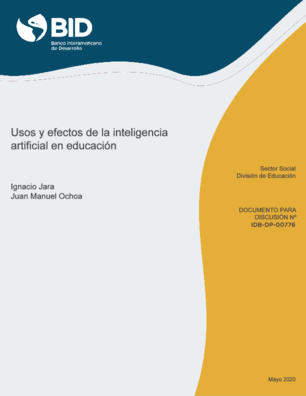Back to Observatory
Predictive model of educational disengagement in elementary education
Description of the service
The education system in Uruguay faces challenges in offering continuous, complete, and successful paths for young people. Despite achieving universal coverage in primary education, many students repeat the first grades. These high repetition rates generate a gap, and many students are over-aged when they get to 6th grade.
ANEP (National Public Education Administration) has developed tools to generate information to follow up on each cohort. We have been working with the technical team of the University of the Republic of Uruguay on an AI-based model to predict the attrition of high school students, based on information about the students and the conditions of the educational offer.
Problem that it solves
Protect the educational trajectories of high school students in Uruguay by having information to take preventive actions to tackle the risk of student attrition.
Type of AI app used
Prediction
Main results to June 30, 2021
Two annual models were developed, one for secondary education and one for UTU (Universidad del Trabajo del Uruguay), capable of predicting approved students and potential dropouts. One model is applied before the school year begins, and the other after the first evaluation meeting. In addition, one particular model for FPB (Basic Professional Training) plan of UTU predicts whether the student will finish the year.
The models have very good results in explaining school dropout.
Three main bottlenecks faced during implementation
There were no notable aspects in terms of 'bottlenecks'
Lessons learned in the design or use of AI for social impact
- Access to complete quality information is important.
- The quality of deliverables should be defined and met.
- The agency's commitment to the project execution is crucial.
Country of origin
Geographic scope of operations
Uruguay
Website
https://www.anep.edu.uy/Type of executing entity
GovernmentSector/industry
Sustainable Development Goal(s) to which your AI solution contributes
4 (quality education)
IA app developed internally or by a third party
External company
Name of implementing entity
National Public Education Administration
Stakeholders involved
National Administration of Public Education, University of the Republic, Agency for e-Government and the Information and Knowledge Society, fAIR LAC, IADB.
Percentage of the development team that are women
25%
Year they started using AI-based models
2019 HY2It may interest you
El uso de la tecnología es fundamental para la educación en momentos de distanciamiento social, y su importancia sólo seguirá creciendo en el futuro, el uso de plataformas pone a los niños y las niñas en un estado de vu
En este documento se abordan los impactos de la inteligencia artificial en la educación
Este MOOC aborda los conceptos, principios, desafíos y oportunidades del uso ético y responsable de la inteligencia artificial (IA) para el sector público.



